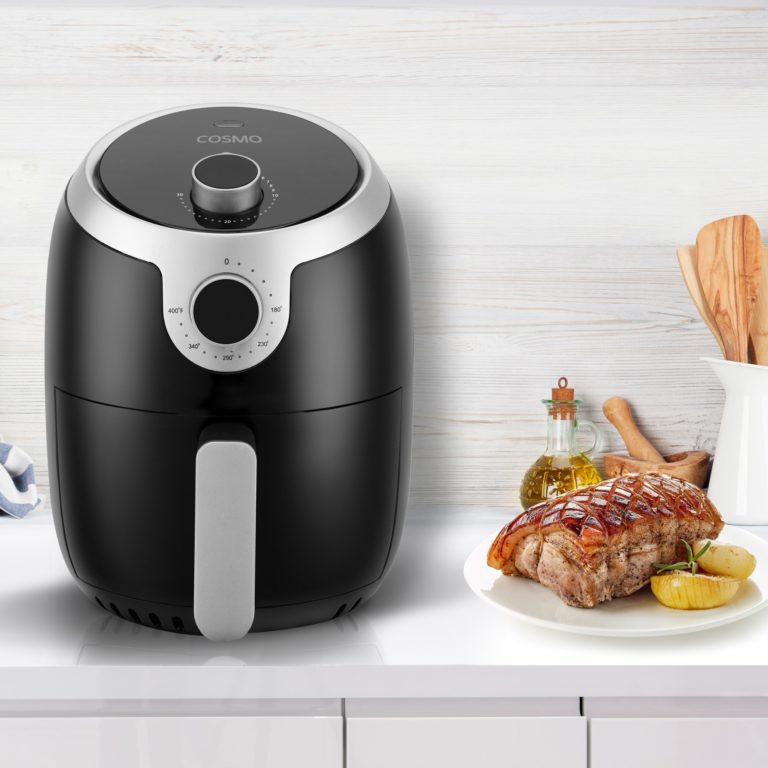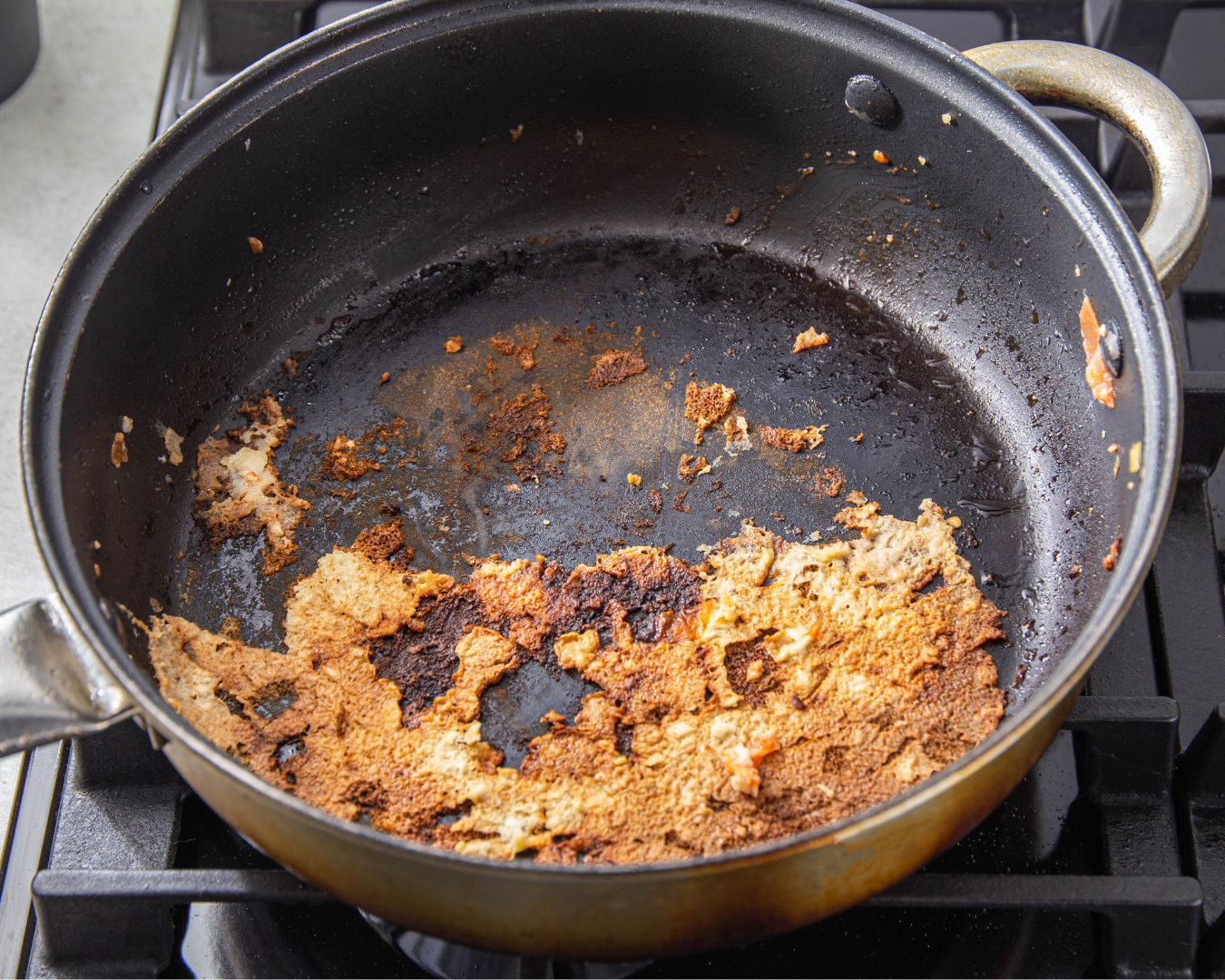Healthy Eating Trends: Understanding Trends in Healthy Eating and How to Incorporate Them into Your Diet
In today’s fast-paced world, healthy eating trends are evolving as people become more aware of the impact food has on overall health and well-being. Staying informed about these trends can help you make smarter food choices and incorporate beneficial practices into your daily diet. This blog post explores some of the latest trends in healthy eating and offers practical tips on how to incorporate them into your lifestyle. Plant-Based Diets Trend Overview: Plant-based diets, which focus on consuming foods derived primarily from plants, have gained popularity for their numerous health benefits. These diets include fruits, vegetables, whole grains, nuts, seeds, and legumes while minimizing or excluding animal products. How to Incorporate: Functional Foods Trend Overview: Functional foods offer health benefits beyond basic nutrition. They contain bioactive compounds that support overall health, such as probiotics, prebiotics, and antioxidants. How to Incorporate: Low-Carb and Keto Diets Trend Overview: Low-carb and ketogenic diets focus on reducing carbohydrate intake and increasing fat consumption to promote fat burning and improve metabolic health. How to Incorporate: Mindful Eating Trend Overview: Mindful eating involves paying full attention to the eating experience, savoring each bite, and listening to your body’s hunger and satiety cues. This practice helps promote a healthier relationship with food and can aid in weight management. How to Incorporate: Sustainable Eating Trend Overview: Sustainable eating emphasizes making food choices that have a lower environmental impact. This includes reducing food waste, choosing locally-sourced ingredients, and supporting ethical food production practices. How to Incorporate: Personalized Nutrition Trend Overview: Personalized nutrition tailors dietary recommendations based on individual health data, genetics, and lifestyle factors. This approach aims to optimize health outcomes and address specific nutritional needs. How to Incorporate: Staying abreast of healthy eating trends and understanding how to incorporate them into your diet can lead to improved health and well-being. By exploring plant-based options, functional foods, low-carb diets, mindful eating practices, sustainable choices, and personalized nutrition, you can create a balanced and nutritious eating plan tailored to your individual needs.










